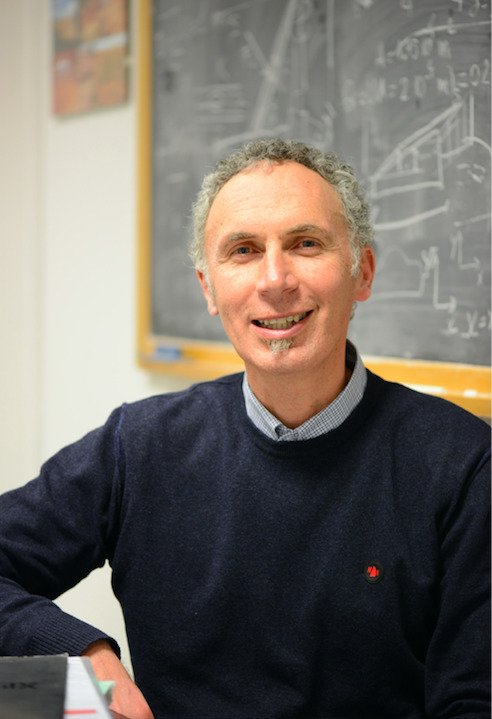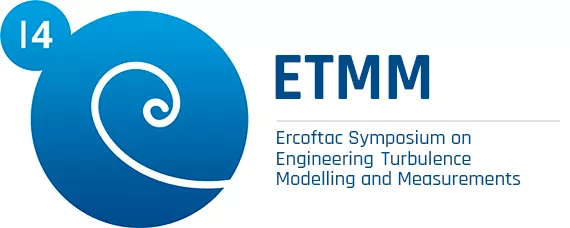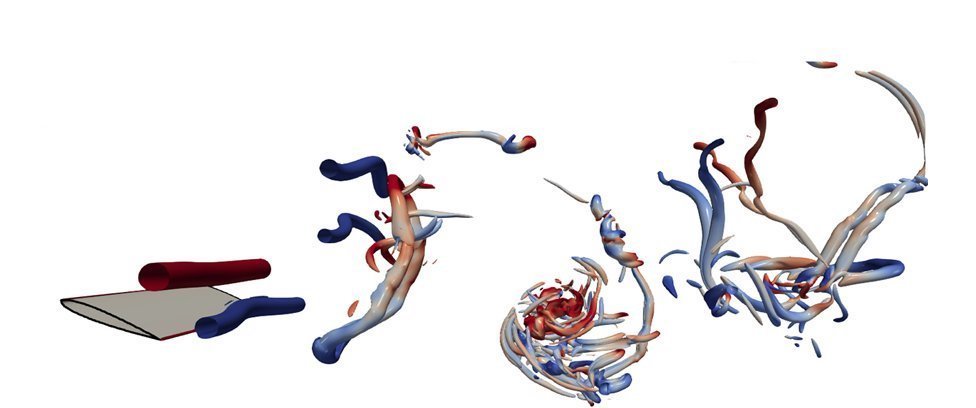
Roberto Verzicco
Università di Roma "Tor Vergata"
"Thermally driven turbulence with phase change"
There are countless phenomena in Nature and technology where turbulent flows are driven by temperature differences which are dynamically coupled to melting/freezing of a solid/liquid phase. The interaction between these phenomena is a relevant, interesting and complex problem, in which fluid dynamics and thermodynamics are intimately coupled. Ice/ocean interfaces, casting of metals into molds and latent thermal energy storage devices are just e few relevant examples governed by the above described dynamics. These processes belong to the class of moving free boundary problems (also referred to as Stefan problems), which are very challenging since the boundaries of the domains are usually unknown and have to be determined as part of the solution. In particular, the presence of fluid motion modifies the transport of heat which is crucial to the melting and freezing dynamics.
In this talk we will present results from a selection of model problems which have been studied using direct numerical simulations using the phase field method. We will show the dynamics of Rayleigh-Bénard convection with an upper melting boundary, layering and ice-melting phenomena in salty water up to Lagrangian melting problems in which not only the interface shape but also the position and attitude of the solid phase has to be determined during the integration.
Biography
Roberto Verzicco completed his PhD in Aerospace Engineering in 1994 at the University of Rome `La Sapienza’ where he got a position as Assitant Professor. He became Associate Professor in Fluid Mechanics in 1998 at Politecnico di Bari where he became Full Professor in 2003. Since 2007 he is Professor of Fluid Mechanics at the University of Rome `Tor Vergata’ and since 2010 Part Time Professor at the University of Twente in the group Physics of Fluids.
His research area is “numerical simulation of complex flows and turbulence”. Specifically his research concerns thermally driven turbulence (Rayleigh-Benard flows), shear driven turbulence (Taylor-Couette flows) and biomedical flows (flows in heart valves, coronary arteries and aorta).



